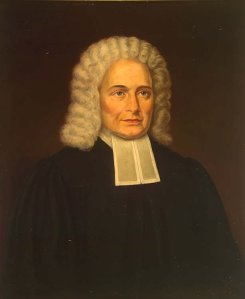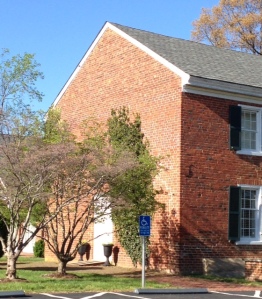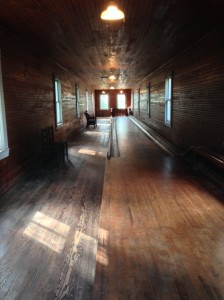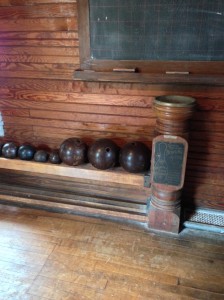
The Jackson Blacksmith Shop was built in 1932 by George Wilson Jackson, Jr. with the help of his father and family to provide shelter for his blacksmithing trade. This is the last blacksmith shop still in working condition in Goochland. The shop is a 16’ X 24’ rectangular pole structure with an earthen foundation and boards attached vertically to make all four walls. The anvil is well over 130 years old and belonged to George Jackson’s maternal grandfather. The 172 pound anvil was once in Richmond and was in use when Richmond burned in 1865.
The first of the Jackson family’s blacksmith shops was built by Henry Jackson before the Civil War. Henry Jackson was born into slavery around 1830. He came to Goochland when he was sold to a county resident and opened a shop on what is now known as Whitehall Road. In 1880, he purchased land at the corner of Route 607 and U.S. 522 where he built another shop, about 400 yards east of the present shop. Henry Jackson’s shop lent its name to present day Jackson Shop Road.

Henry trained his oldest son Wilson (born 1876) into the business. Wilson built a shop at what was then called Old Office, near the intersection of present day Fairground Road and Maidens Road. Wilson worked from both his father’s shop and his own shop until 1915 when he moved to a location near the current shop. Wilson Jackson’s son George was born in 1902 and trained under his grandfather and father to learn the blacksmith trade. In 1932, he built the still standing Jackson Blacksmith Shop.
Henry passed away in 1919 at around 89 years of age. Wilson worked at the trade until shortly before his death in 1956 at age 80. George worked in his shop until the 1970’s when the blacksmith trade fell out of use. He lived until 1998, long enough to see his shop listed on the National Register of Historic Place and the Virginia Landmarks Register.

George Jackson setting a shoe at his shop
To read more about The Jackson Blacksmith Shop: read volume 30 of the Goochland County Historical Society’s magazine. Visit the official online site of the Jackson Blacksmith Shop.





























